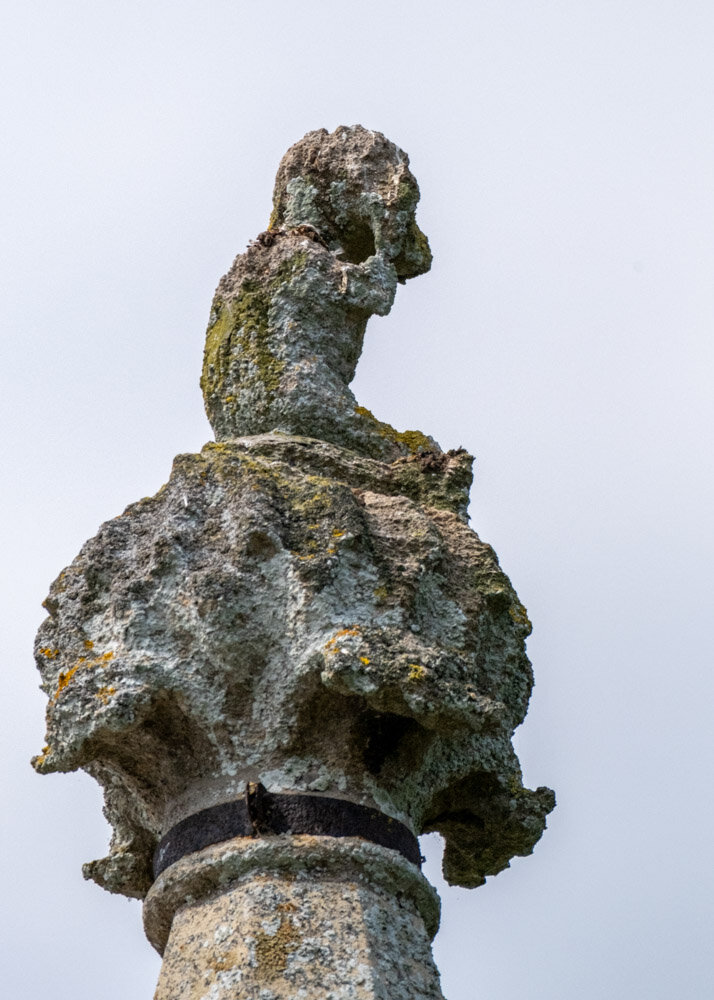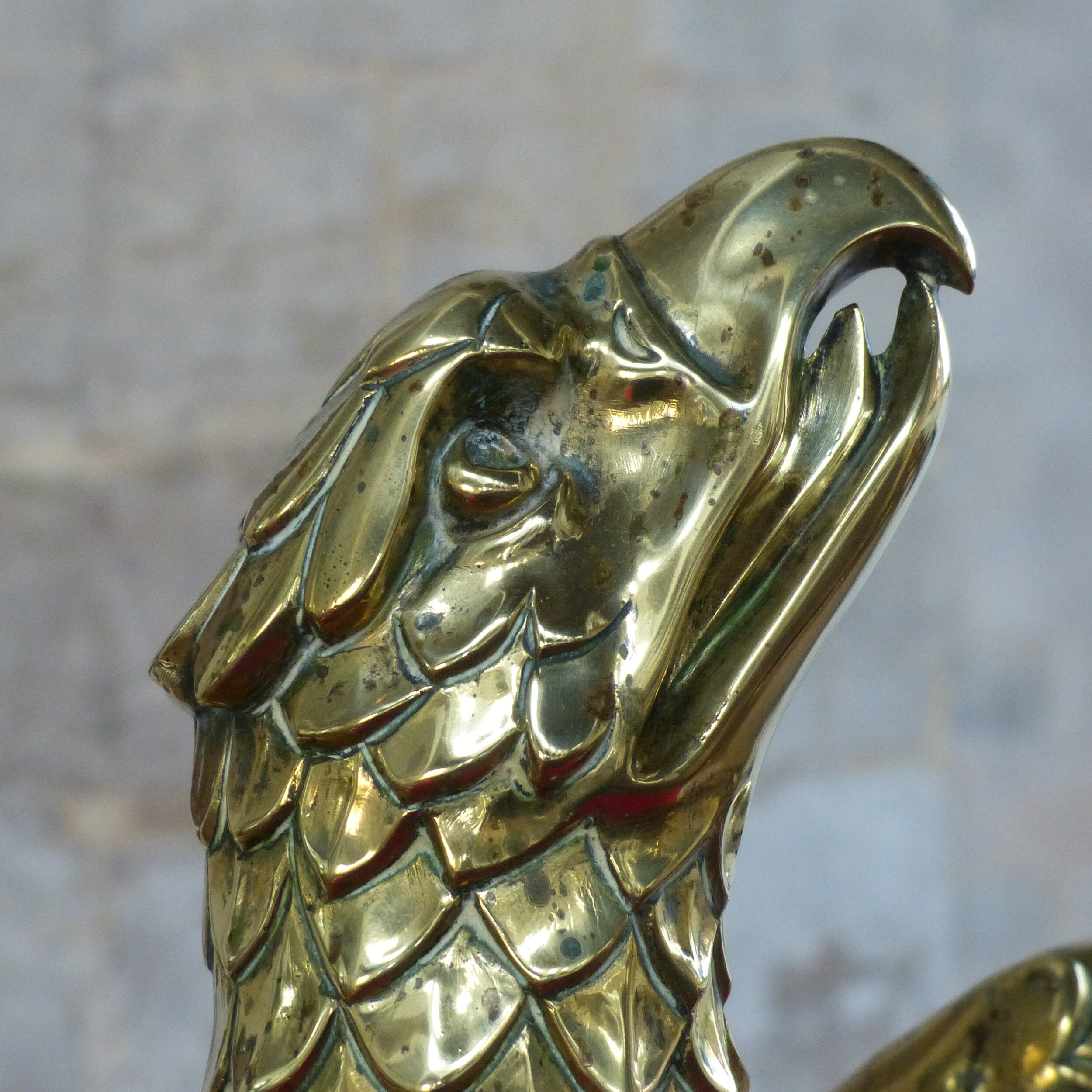St Andrew’s Building History
The locale of St Andrew’s Church has been a place of Christian worship for over 1,300 years. In AD 631, St Felix, who according to the Anglo Saxon Chronicle introduced Christianity to East Anglia, founded an abbey here which is believed to have been endowed by Sigeberht, the king of East Anglia.
The Abbey was in use for over 200 years until it was destroyed in the winter of AD 869/70 when the Danish ‘Great Heathen Army’ overran East Anglia.
St Andrew’s Church can trace its origins to the early 12th century when Hubert de Burgh, Chief Justice for England granted Ranulph, the first recorded Vicar of Soham, lands in trust for the building of the Church of St Andrew.
Ranulph is credited with the design of the church building and much of the original 12th century building church is still standing today.
Further additions and alterations were made in the 14th and 15th centuries including the construction of the bell tower and clerestory.
The interior of the church has many notable features which also date to the 14th and 15th centuries.
These including three wall paintings in the chancel, one reputed to depict St Felix, pews with carved poppy heads, misericords and a tie-beam roof in the nave.
The nave roof is decorated with carved angels, now sadly lacking their wings.
Several memorials in the church mark the lives and achievements of notable Soham residents.
A commemorative plaque records the marriage in St Andrew’s Church on 7 April 1792 of Olaudah Equiano, an African freed slave and member of the Abolitionist movement who married local woman, Susannah Cullen.
Stained glass windows depict events in the lives of St Felix and commemorate the work of Soham-born Willian Case Morris who moved to Argentina in the late 19th Century and founded a network of children’s homes (akin to Barnardo’s).
Other memorials include a plaque dedicated to the local heros of the Great Train Explosion. The plaque records the events on the night of 2 June 1944 when train station was destroyed, and the heroic action of Railwaymen saved the town of Soham from destruction.





































